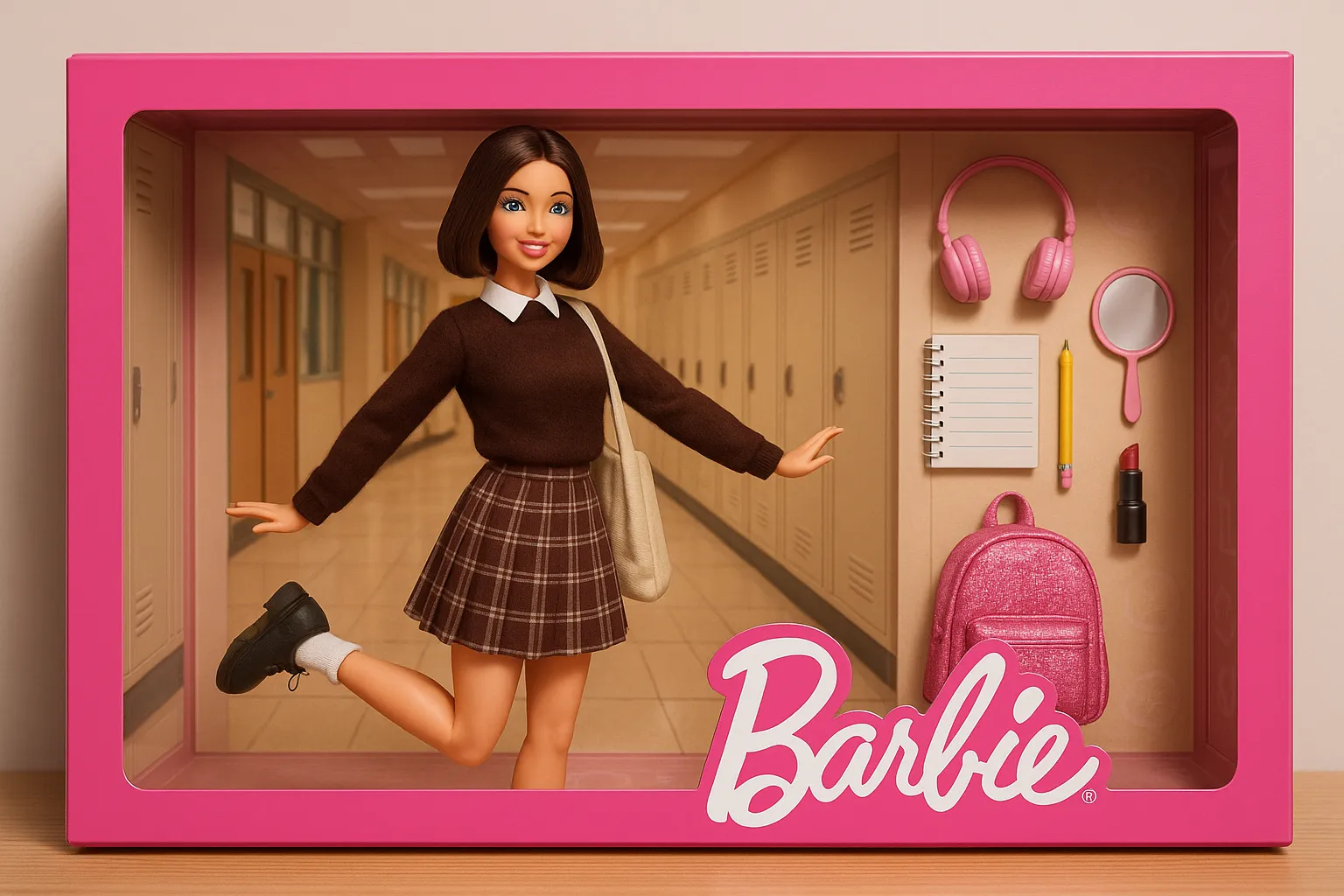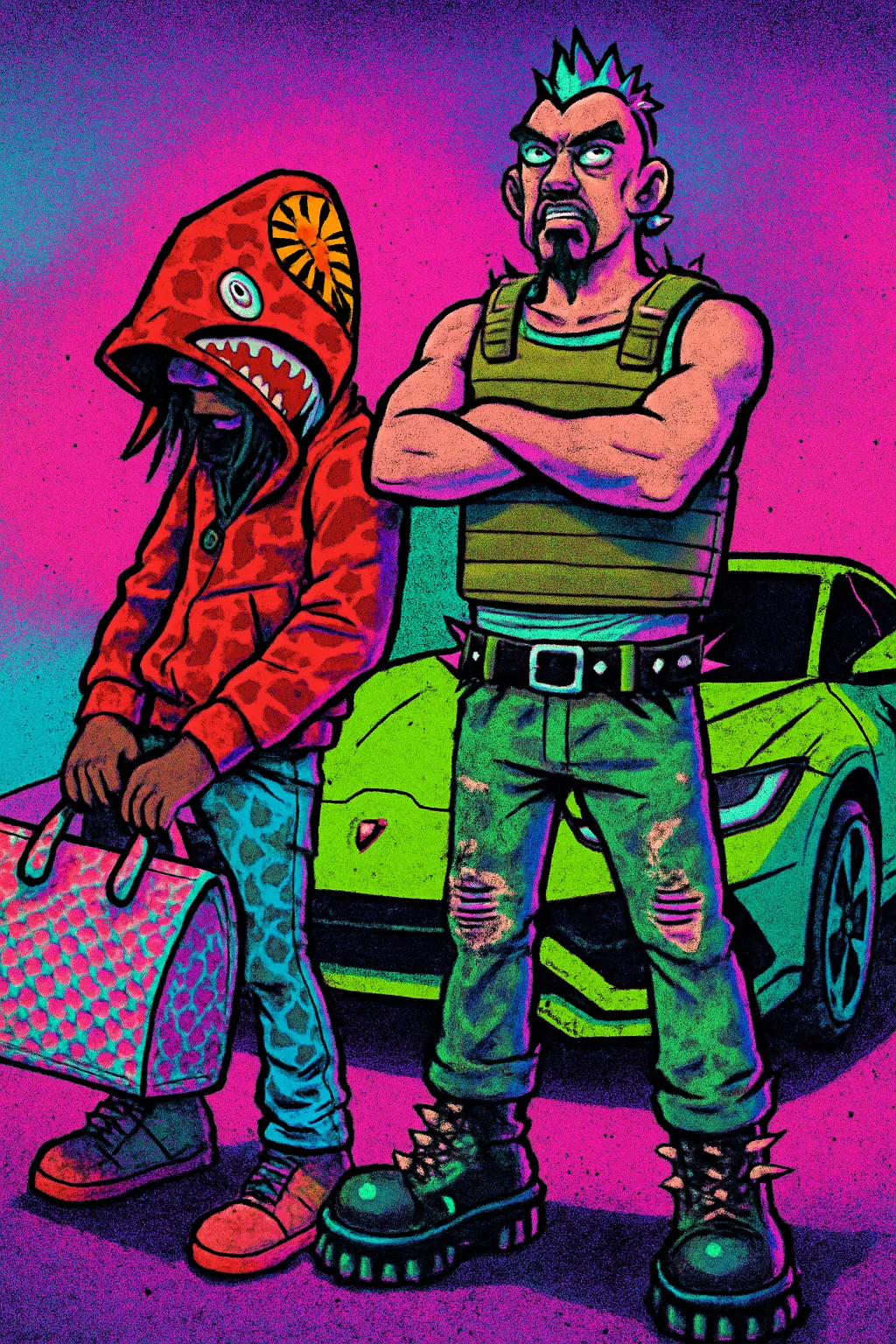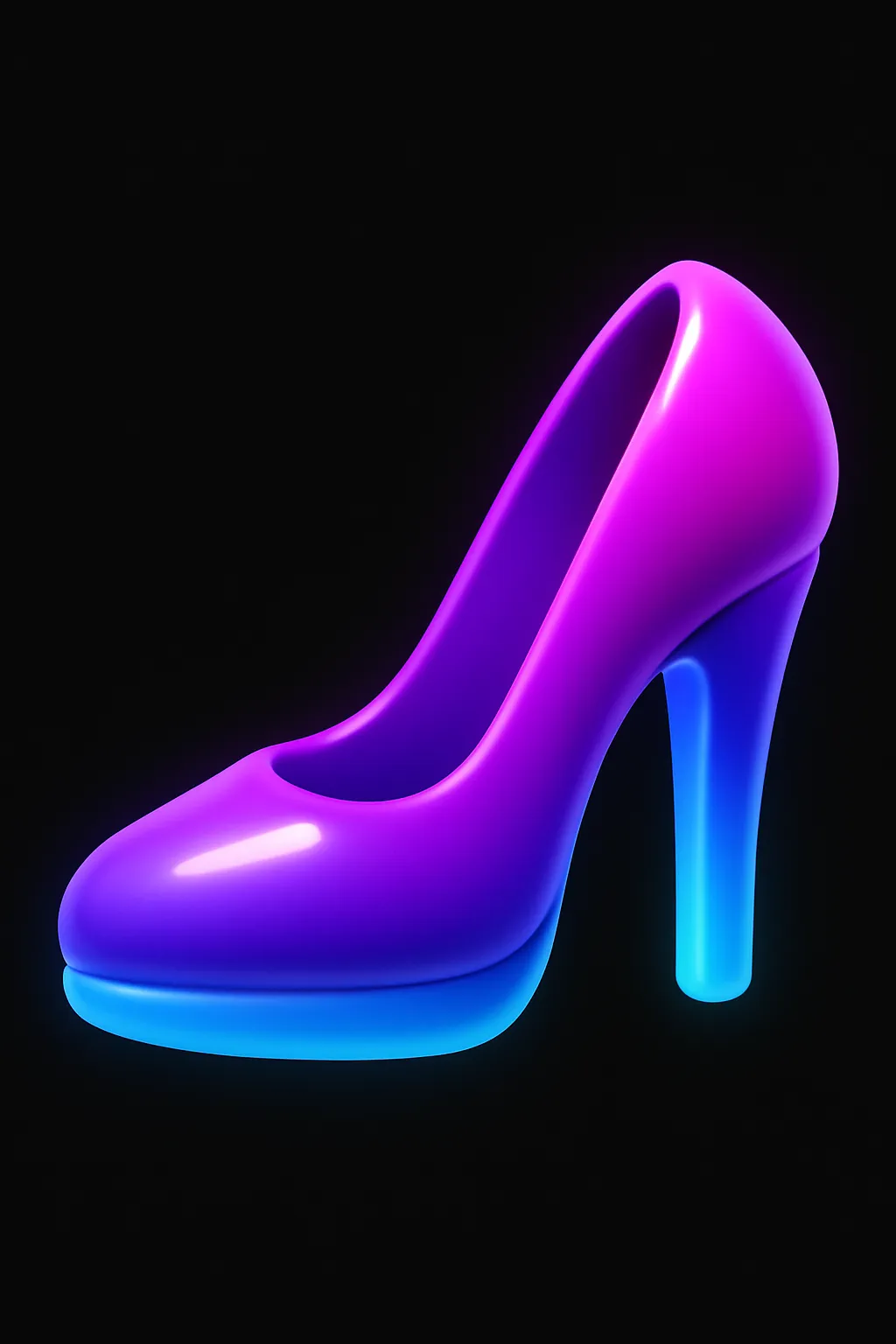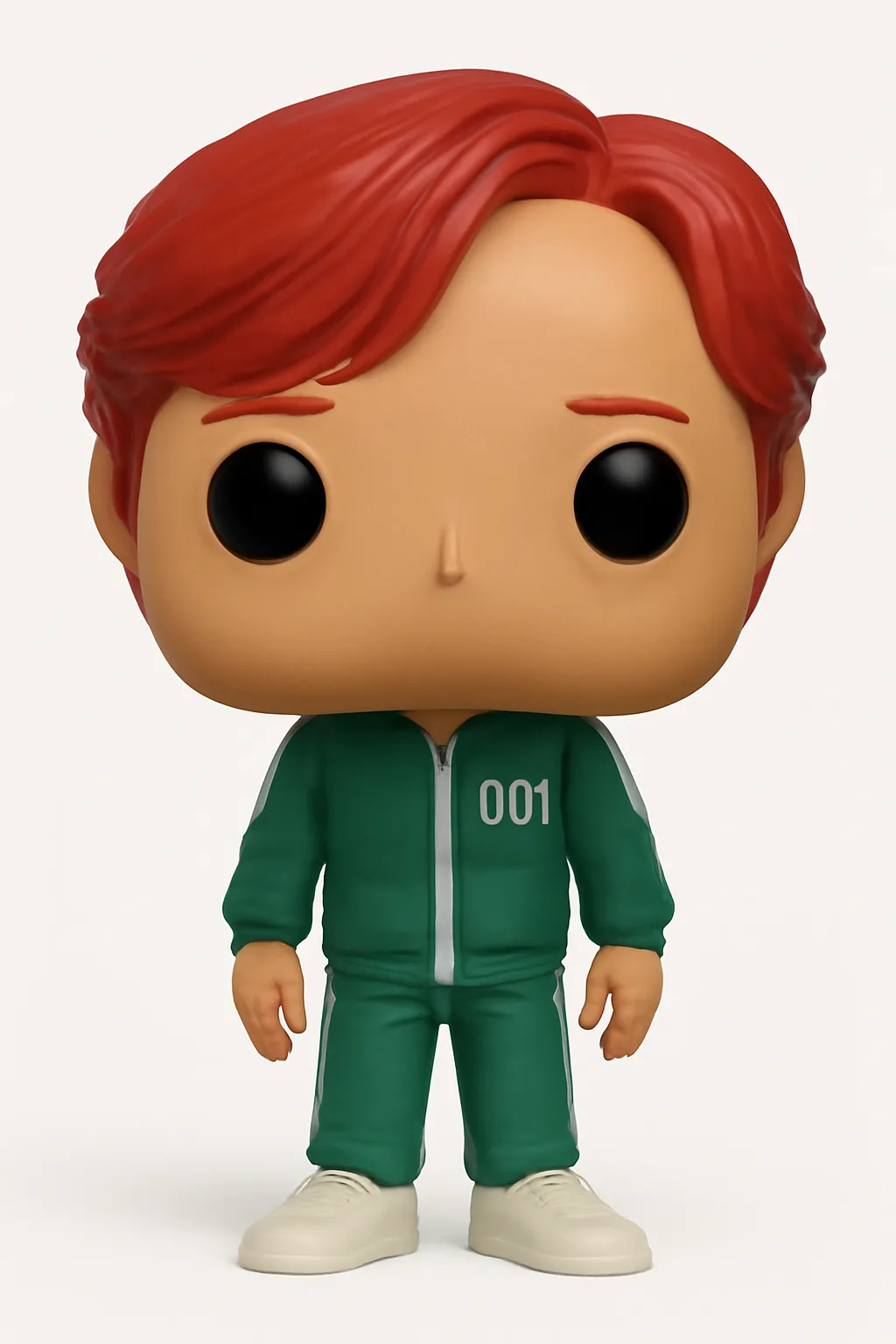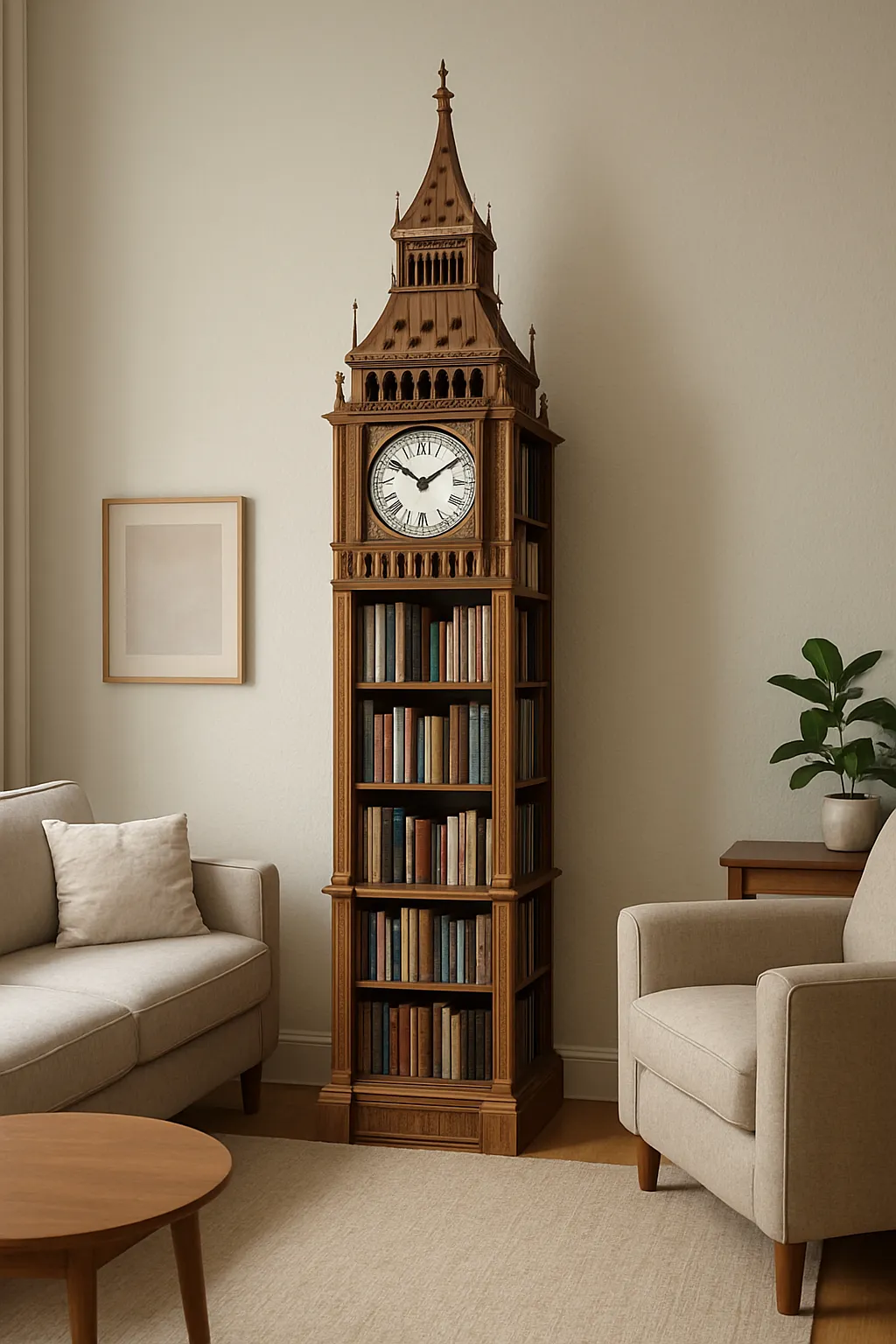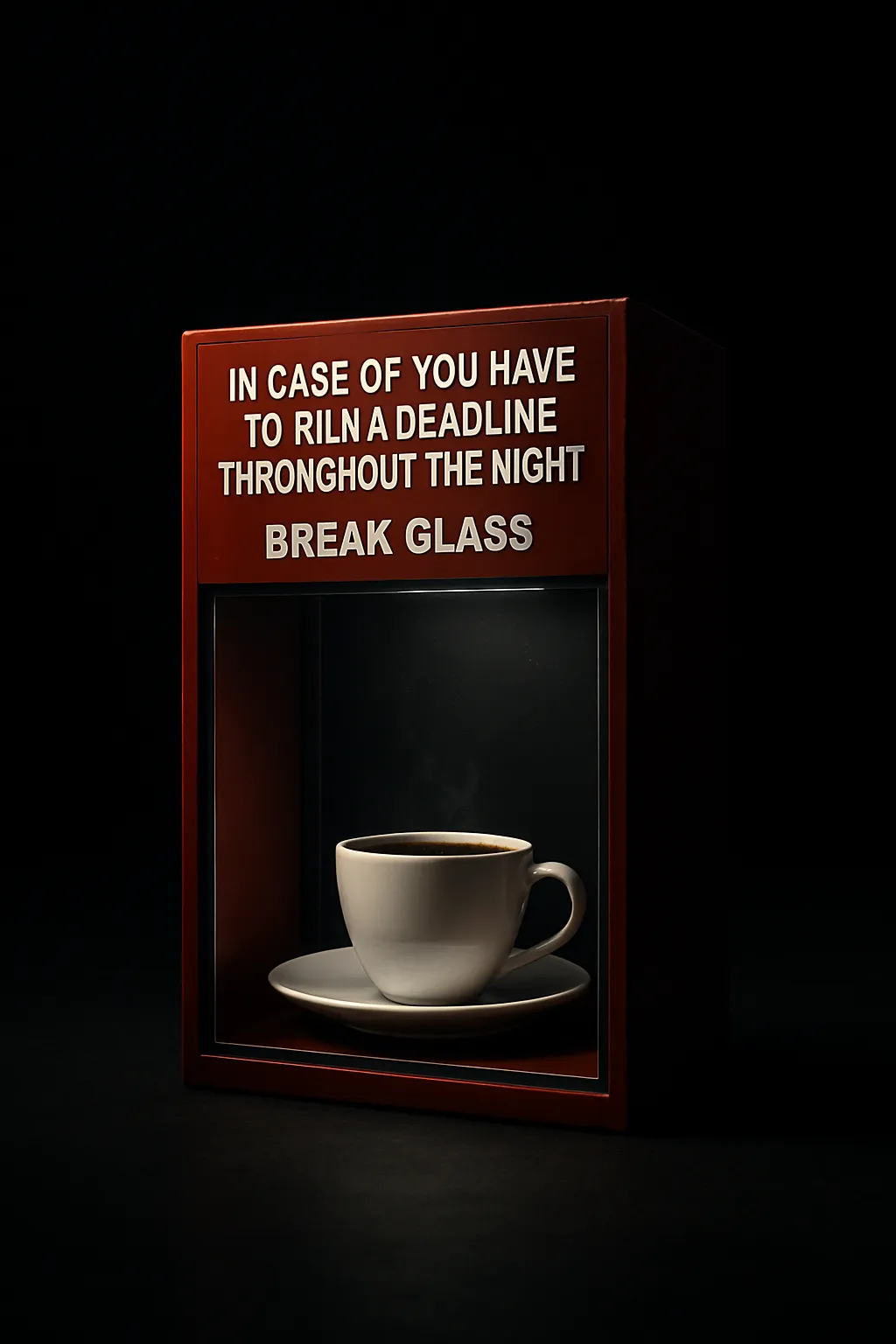
Inputs used
Image info
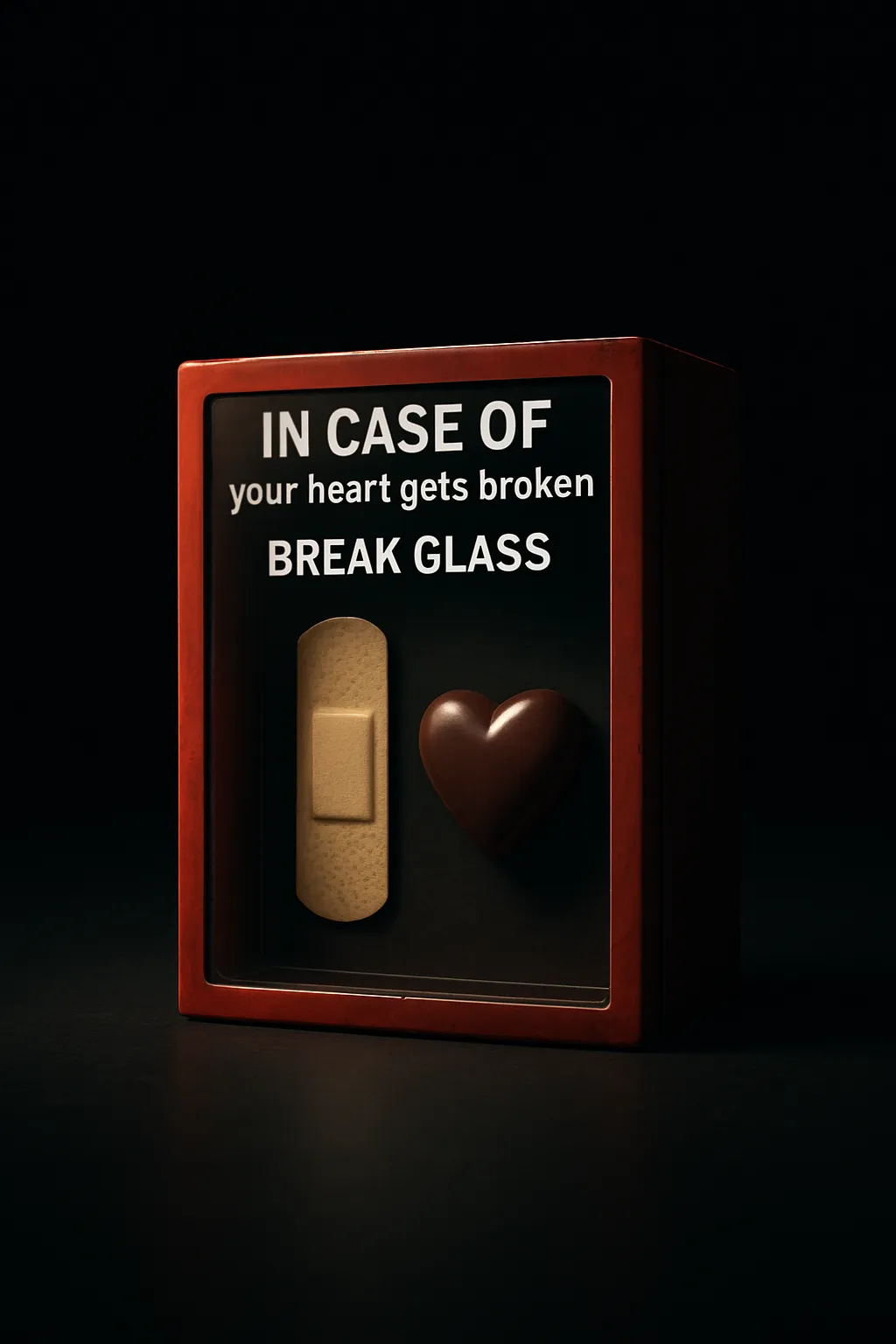
Inputs used
Image info
Make an emergency box to cure life's pains 💊
Prompt body
Similar prompts
Certainly! Here is a gentle, compassionate 7-day emotional healing plan tailored to support you in reconnecting with yourself, finding calm, and nurturing emotional resilience. Each day includes a short meditation, a soothing podcast episode, a calming music recommendation, and a gentle healing activity—all accessible and kind to your emotional state.
Day 1: Grounding & Gentle Presence
Guided Meditation:
Insight Timer app – “Basic Mindfulness Meditation” by Jack Kornfield (~13 min)
Insight Timer
Podcast:
The Calm Collective – Episode: “Allowing Yourself to Feel”
Available on Spotify, Apple Podcasts, or here
Music:
“Weightless” by Marconi Union (ambient, deeply relaxing instrumental)
Gentle Healing Activity:
Write down 3 simple things you notice around you right now (colors, textures, sounds). This is a grounding exercise to bring you gently into the present moment.
Day 2: Breath & Soothing Awareness
Guided Meditation:
YouTube – “5 Minute Breathing Meditation for Anxiety” by The Honest Guys (~7 min)
Watch here
Podcast:
Untangle – Episode: “How to Build a Mindfulness Practice That Lasts” with Elisha Goldstein (calm and encouraging tone)
Music:
“Dawn” by Dario Marianelli (soft piano instrumental)
Gentle Healing Activity:
Practice 5-5-5 breathing: inhale for 5 seconds, hold for 5, exhale for 5. Repeat 5 times.
Day 3: Self-Compassion & Kindness
Guided Meditation:
Headspace app – “Self-Compassion” meditation (~10 min)
Podcast:
The Liturgists Podcast – Episode: “Self-Compassion and Healing” (soothing and thoughtful)
Music:
“Weightless Part 2” by Marconi Union (ambient, calming)
Gentle Healing Activity:
Write a kind note to yourself. Something you’d say to a dear friend who’s struggling.
Day 4: Embracing Stillness
Guided Meditation:
Calm app – “Body Scan Meditation” (~15 min)
Podcast:
On Being with Krista Tippett – Episode: “Emily P. Freeman on Finding Peace in the Small Things”
Music:
“Night Book” by Ludovico Einaudi (soft piano)
Gentle Healing Activity:
Take a 10-15 minute nature walk, gently noticing sensations—the breeze, your footsteps, the colors around you.
Day 5: Gratitude & Perspective
Guided Meditation:
YouTube – “Gratitude Meditation” by The Mindful Movement (~12 min)
Watch here
Podcast:
The Happiness Lab with Dr. Laurie Santos – Episode: “Simple Hacks for a Happier Life”
Music:
“Weightless Part 3” by Marconi Union (ambient)
Gentle Healing Activity:
Write down 3 things you are grateful for today, no matter how small.
Day 6: Acceptance & Letting Go
Guided Meditation:
Insight Timer – “Meditation for Anxiety and Acceptance” by Tara Brach (~15 min)
Insight Timer
Podcast:
The Daily Meditation Podcast – Episode: “The Art of Letting Go”
Music:
“Opus 55” by Dustin O’Halloran (soothing piano instrumental)
Gentle Healing Activity:
Try a simple gentle yoga stretch or restorative pose (child’s pose or legs up the wall) for 10 minutes.
Day 7: Reconnection & Renewal
Guided Meditation:
Calm app – “Loving-Kindness Meditation” (~15 min)
Podcast:
Meditative Story – Episode: “A New Day” (a gentle, beautiful story paired with mindfulness)
Music:
“Morning Light” by Kevin Kern (soft piano)
Gentle Healing Activity:
Spend some time journaling: Reflect on this week’s experience—what felt helpful? What do you want to carry forward?
Additional Notes:
- Feel free to adjust time based on how you feel each day.
- You can do meditations and podcasts at a time that feels most calming—morning, afternoon, or evening.
- Be gentle with yourself if things don’t feel perfect; this is a journey of small, kind steps.
Wishing you peace and gentle healing on your path. 💛


